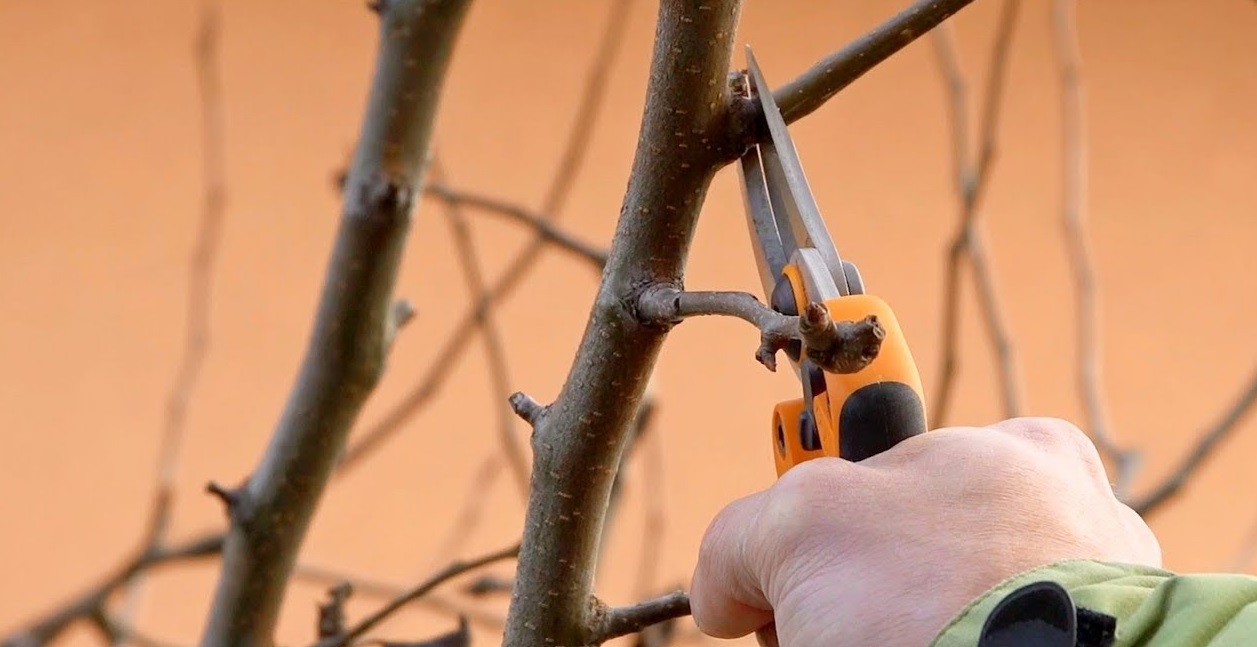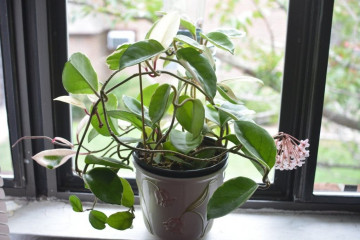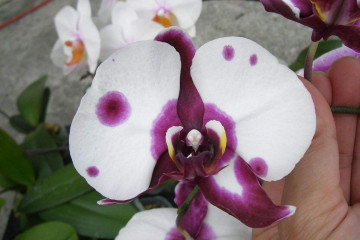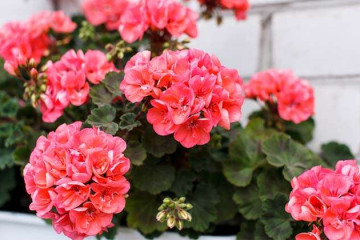Propagation of pears by cuttings - in the summer at home
Content:
Gardeners often have a desire to multiply the pear variety they like. This can be done in different ways, each of which has its own characteristics. Most often, pear propagation by cuttings is used, which allows you to preserve the species qualities of the mother tree. But it is also possible to get a new seedling from root growth by planting seeds, air-layering and grafting the cutting onto a suitable stock. Therefore, in order to determine the choice, you need to study all possible options in more detail.
Propagation by cuttings
This method is considered the most acceptable, since it makes it possible to obtain a large number of seedlings that will fully retain the varietal qualities. But in order for the procedure to be successful, you need to correctly cut the pear and certain terms. Otherwise, all the efforts of the gardener can be wasted.
What varieties of pears can be propagated by cuttings
According to experienced gardeners, crops with a small fruit size are best suited to this method of reproduction. Their rooting of cuttings occurs 25-30 days after planting. At the same time, young seedlings easily tolerate further transplantation and easily adapt to a new place.
The best pear varieties for grafting:
- Memory of Zhegalov;
- Lada;
- Muscovite;
- Autumn Yakovleva;
- Elegant Efimova.
Preparing cuttings
How to properly propagate a pear from a branch? For cuttings, you can use young shoots without mechanical damage and signs of disease.
Cuttings should be cut 15-20 cm long. Their lower part should be slightly lignified, and the top should be green. Each cutting should have 2-3 internodes, as well as buds or loose leaves. The bottom cut of the cutting should be made at an angle of 45 degrees. In this case, the blade must be directed upward. The top of the branch should be shortened above the leaf or bud.
When can pears be propagated by cuttings
Pear cuttings should be carried out in summer and autumn. During these periods, it is already possible to distinguish young healthy branches that are able to fully take root. You need to cut off the planting material at a certain time, so you need to study them in advance. Cuttings can only be taken from trees at least 4-5 years old.
Terms of pear cuttings in summer
Pear cuttings in summer should take place from June to mid-July. These times are optimal for fast rooting.
- In the central regions of the country, it is recommended to cut and plant branches from the 10th to the 15th of the first summer month.
- And in the northern regions, the procedure is recommended to be carried out at the end of June or in the first decade of July.
These deadlines must be adhered to if the spring has turned out to be protracted. Summer cuttings should be planted immediately in the prepared area. And put a mini-greenhouse on top.
Breeding dates for pear cuttings in autumn
It is necessary to cut the shoots at this time of the year only after the foliage has fallen off.This indicates the end of the growing season. Cuttings should be taken from lignified young shoots growing horizontally. It is recommended to cut the planting material from branches that have a moderately shiny bark without cracks or damage.
Autumn planting material should be placed at the bottom end in a container filled with earth and sand in equal proportions. In this case, the soil mixture should be slightly moist. Keep the cuttings in a bright, cool room until spring. In this case, the temperature should correspond to the rest period. With the arrival of spring heat, the planting material must be planted in a heated ground.
How to root a pear stalk at home
It is quite possible to grow a pear from a cutting at home, as well as in the open field. To do this, you will need to prepare wide containers with a height of 15 cm. They should be equipped with drainage holes to drain excess water.
Before planting, a 1 cm thick drainage layer should be laid on the bottom of the containers, and the rest of the volume should be filled with a nutrient mixture. To prepare it, you should mix turf, leafy soil, sand and peat in equal proportions. The resulting soil must be slightly moistened.
Plant the cuttings at a distance so that they do not come into contact with each other. They need to be deepened by 2 cm. The lower leaves must be completely removed, and the upper ones must be shortened by half. This will keep the sap flowing.
Put the container in a bright, warm place, and make a mini-greenhouse on top. Ventilate the cuttings periodically and water as needed.
Propagation of pears by air layers
This method also makes it possible to obtain a seedling without much difficulty. To do this, you will need to select an even, healthy branch in late May or early June. Count 2-3 knots from its top and clean the bark around 3-4 cm wide.
After that, the open wound must be treated with wood ash and sprinkled with any root former. Then take the middle part of a plastic bottle, cut it in half and fill it with nutritious potting soil. This structure should be secured around the bark incision. The substrate should be moistened periodically.
Propagation by root shoots
When using this method, you should use two-year seedlings of a pear growing at its base on the sunny side. To transplant, you need to dig out the taproot of the plant, which is directed towards the mother tree. It should be cut off, and then the young seedling should be transplanted to a new place.
You can separate the root shoots in early spring or autumn before the beginning of the growing season, or at the end of it.
Seed propagation
You can also grow a seedling from seeds. To do this, remove the seeds from the ripe fruits, rinse them and dry them slightly. Then plant directly into the ground in the first half of October, before the arrival of frost. They will sprout in the spring.
Throughout the season, they should be thinned, watered and loosened at the base. When the seedlings get stronger, they can be transplanted to a permanent place.
Pear grafting
How to propagate a pear yet? With the help of grafting, you can get a young tree. To do this, you should prepare a stock, and also cut a varietal cut with 3-4 buds from October to March.
The graft must be kept in the refrigerator before grafting at a temperature of + 2 ... + 4 degrees, burying the lower cut in wet sand.
2 days before the procedure, the cutting should be removed and wrapped in a wet cloth. The usual vaccination is recommended in May, and budding in early July.
Seedling care after transplanting
Picture 5 Young seedlings need increased care at the initial stage of development
For the full development of young seedlings, it is necessary to provide them with full care. It implies regular irrigation by sprinkling with the soil wetting up to 10 cm. Moistening should be carried out as the topsoil dries out.
Also, in the spring, fertilizing with nitroammophos should be carried out, and in the summer, fertilized with phosphorus-potassium mineral mixtures. Before winter, the seedlings should be insulated. To do this, it is necessary to lay 10 cm thick humus mulch in the root circle.
Experienced gardening tips
When propagating pears by cuttings, it must be borne in mind that the seedling will be less frost-resistant than the mother tree. Therefore, experienced gardeners recommend using this method only when vaccination is not possible.
Other recommendations:
- Only branches growing in the lower or middle part of the crown can propagate by cuttings.
- It is necessary to plant a seedling only after watering and loosening the soil in the root circle, which will improve sap flow.
- Young seedlings should be placed in a shaded area.
- Cuttings should be cut in the morning, since the tissues contain a lot of moisture at this time.
Reproduction of pears is an entertaining and time-consuming process. However, if all the rules are followed, it is possible to achieve the desired result. But not all methods guarantee the preservation of the species properties of the mother tree. Therefore, this should be taken into account.



















